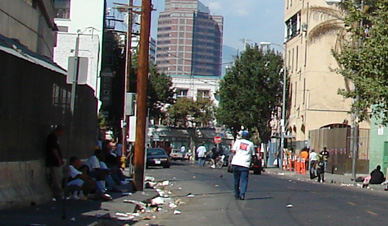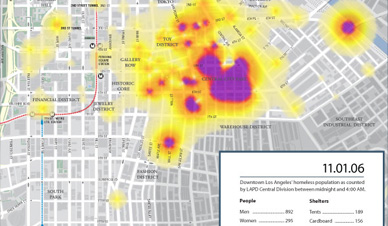KVBFF Initiatives
The Kobe and Vanessa Bryant Family Foundation (KVBFF) is dedicated to improving the lives of youth and families in need, and encouraging young people to stay active through sports.
KVBFF operates Mamba FC, a youth soccer club in Orange County that teaches young athletes how to become leaders and independent thinkers, while working together as a group to achieve a common goal through health and fitness.
In order to make a measurable impact on the critical issue of youth homelessness, the Foundation has partnered with a number of local organizations including Step Up on Second, United Way of Greater Los Angeles, and homeless youth drop-in center My Friend’s Place.
My Friends Place is located in Hollywood, which is where the overwhelming majority of the homeless youth population in Los Angeles can be found, and where the need for comprehensive and coordinated services is the greatest. Vanessa Bryant regularly visits the young parents at My Friend’s Place, and hosts an annual holiday celebration for them and their children. KVBFF recently accepted an award from My Friend’s Place for its ongoing support and partnership.
Step Up on Second is a Santa Monica-based nonprofit which has served the homeless population since 1984 and focuses on creating permanent supportive housing in Los Angeles.
In November 2014, Kobe Bryant will serve as the honorary co-chair of United Way’s annual HomeWalk for the fourth consecutive year. Last year, the event drew nearly 13,000 people to raise funds and awareness necessary to provide permanent supportive housing for the homeless. http://unitedwayla.org/homewalk/




